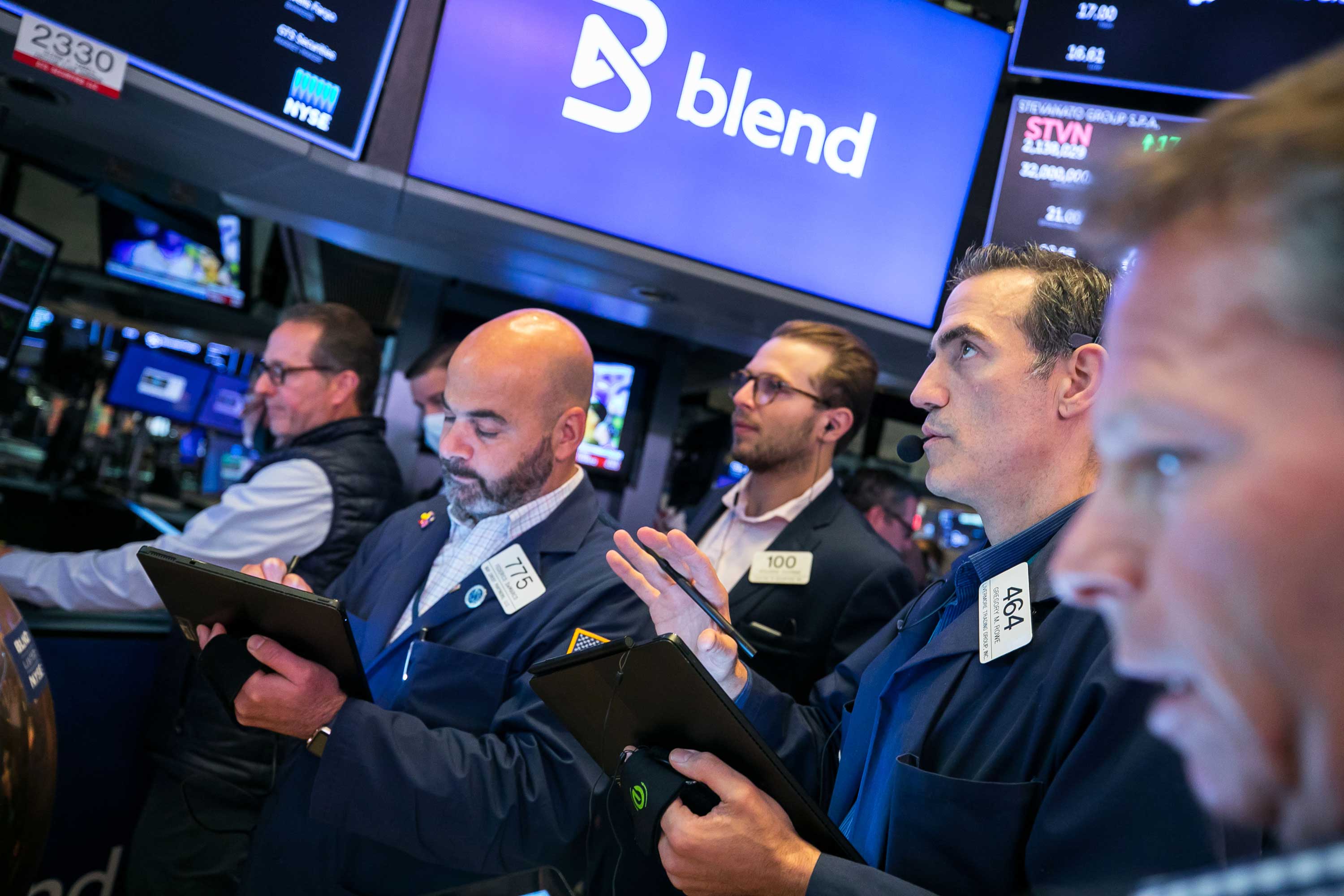Strategists see more selling ahead after stocks sold off Tuesday, led downward by tech and large cap growth names.
A sharp jump in interest rates over the last several sessions stung the market, particularly the growth names. At its high Tuesday, the yield on the benchmark 10-year Treasury had climbed to 1.56%, about a quarter-percentage point move since the Federal Reserve meeting last Wednesday.
The S&P 500 ended the session down 2%, and the Nasdaq was off by 2.8% because of the large concentration of tech names in the index. Ten of the 11 S&P 500 sectors were down, with tech losing 2.9%. Energy was the only advancer, gaining 0.4%
“We’re seeing a gap down decline that is being driven by the mega caps broadly, which are down anywhere from 2% to 5% at this time,” Fairlead Strategies founder Katie Stockton said, highlighting declines in Apple, Amazon, Facebook, Nvidia and Microsoft.
Those names are “clearly the biggest drag on the stock market,” she said. “Because they are the biggest, it’s shaking sentiment.”
Stockton said those stocks, plus Tesla, are about 25% of the S&P 500.
“Keep an eye on the momentum behind them,” she said. “Just their sheer footprint alone creates an issue. When they do this, it affects sentiment. People relied on Google and Microsoft to never go down. Now, they’re getting a reality check.”
Stockton added she is watching a downside target of 4,238 on the S&P 500, a former level of support. The S&P 500 closed Tuesday’s session at 4,352.63.
CFRA chief investment strategist Sam Stovall said he’s been expecting a sell-off. He also noted the S&P 500 could test 4,128, its 200-day moving average. Stovall said a decline to that level would put it more than 5% below current levels and down about 10% peak to trough.
Below key levels
The S&P 500 was below its 50-day moving average Tuesday, after recovering it and rallying above it at the end of last week. The 50-day was breached significantly last week. The 50-day is an average of the last 50 closes, and it is viewed as a negative momentum indicator when the index falls below it.
Stovall said it was significant that large cap stocks were leading to the downside.
“If the generals start getting shot, that’s a sign that everybody is vulnerable so it seems as if, with tech being down 2.5% with interest rates higher, I would think there is still more downside potential,” Stovall said.
Big Tech and growth names are sensitive to higher rates since their high valuations are based on future growth and cash flow. When interest rates rise, the value of that future cash flow is discounted.
But Oppenheimer technical analyst Ari Wald said the fact that Big Tech is selling off means that those popular large cap growth stocks are joining the many other stocks that already had big downturns.
“It hadn’t spilled over into the large cap and now it has. We see that as a sign of capitulation,” he said. Wald added he sees more downside for the S&P 500’s July low of about 4,230.
Stovall said it appears any correction will be contained and will not become a bear market. “Unless our earnings, GDP and interest rate forecast, I don’t think this is going on beyond a correction,” he said.
